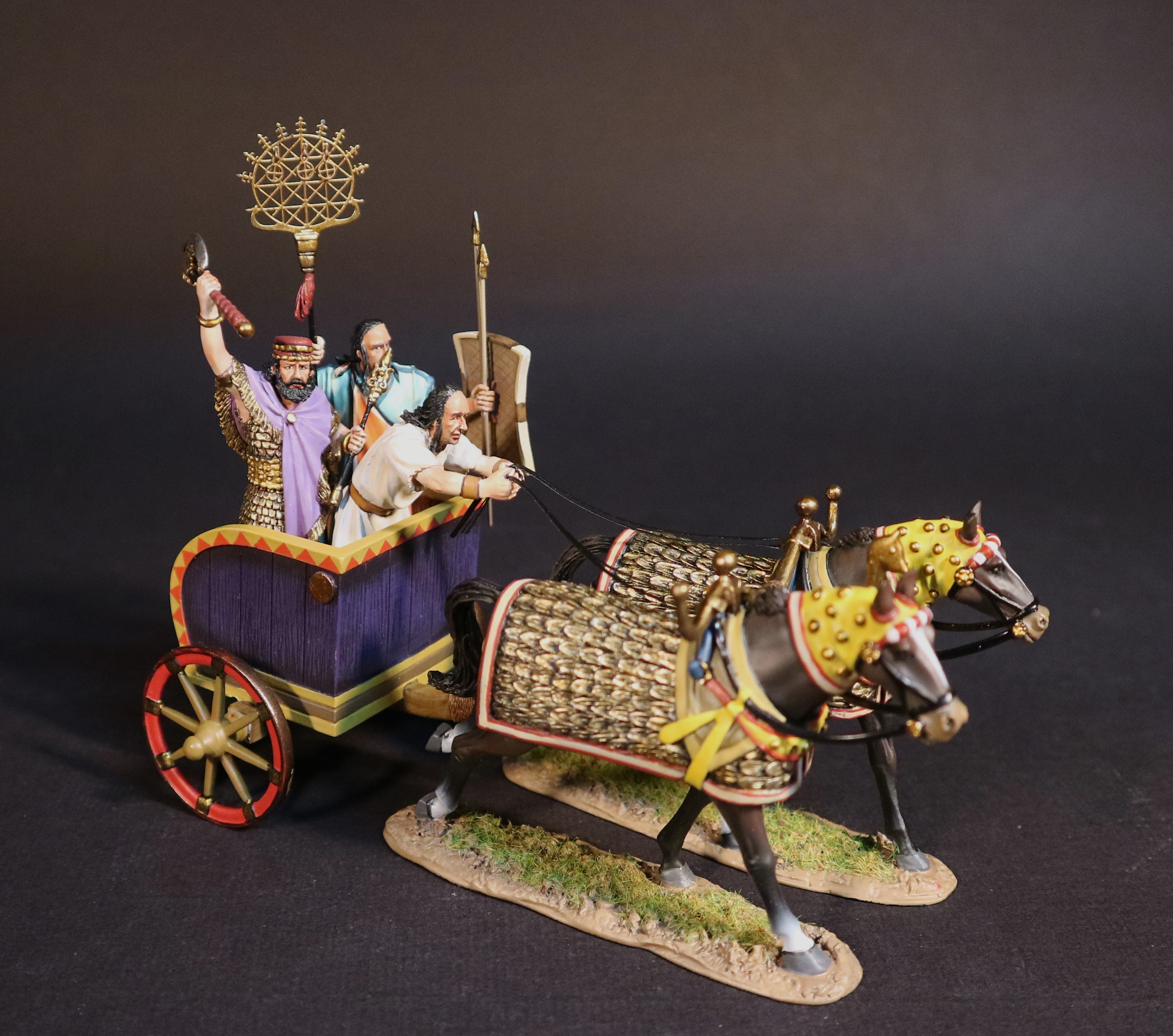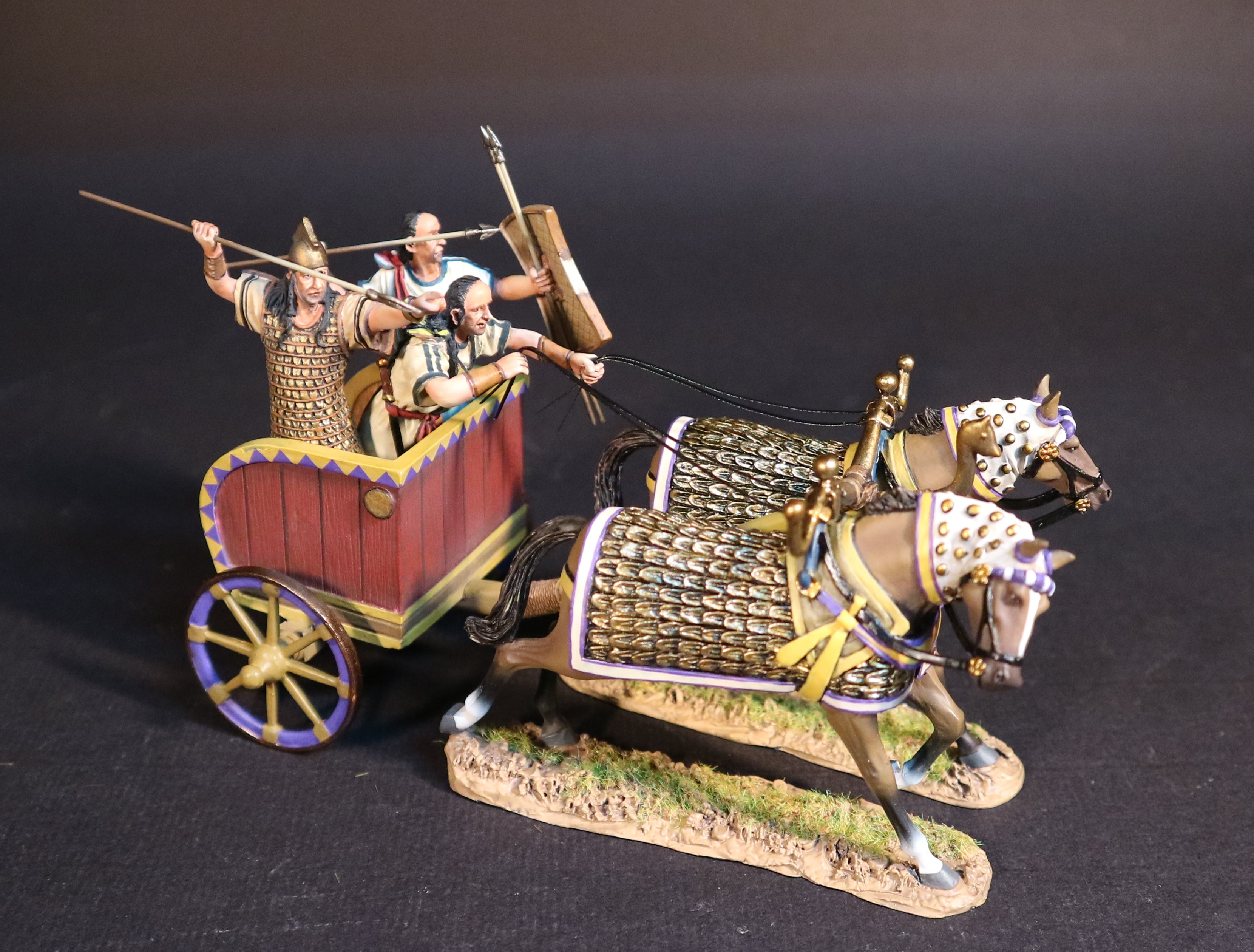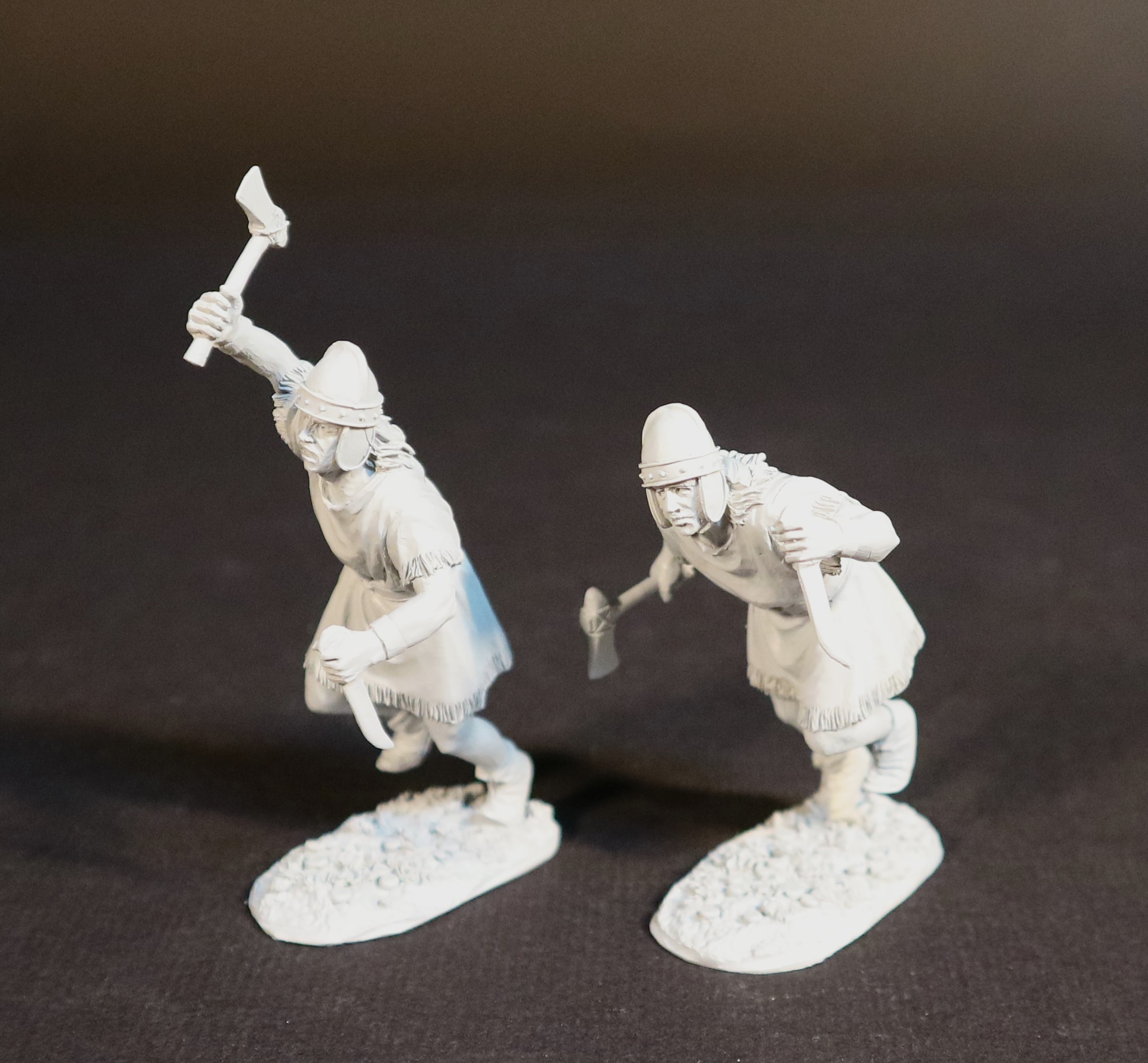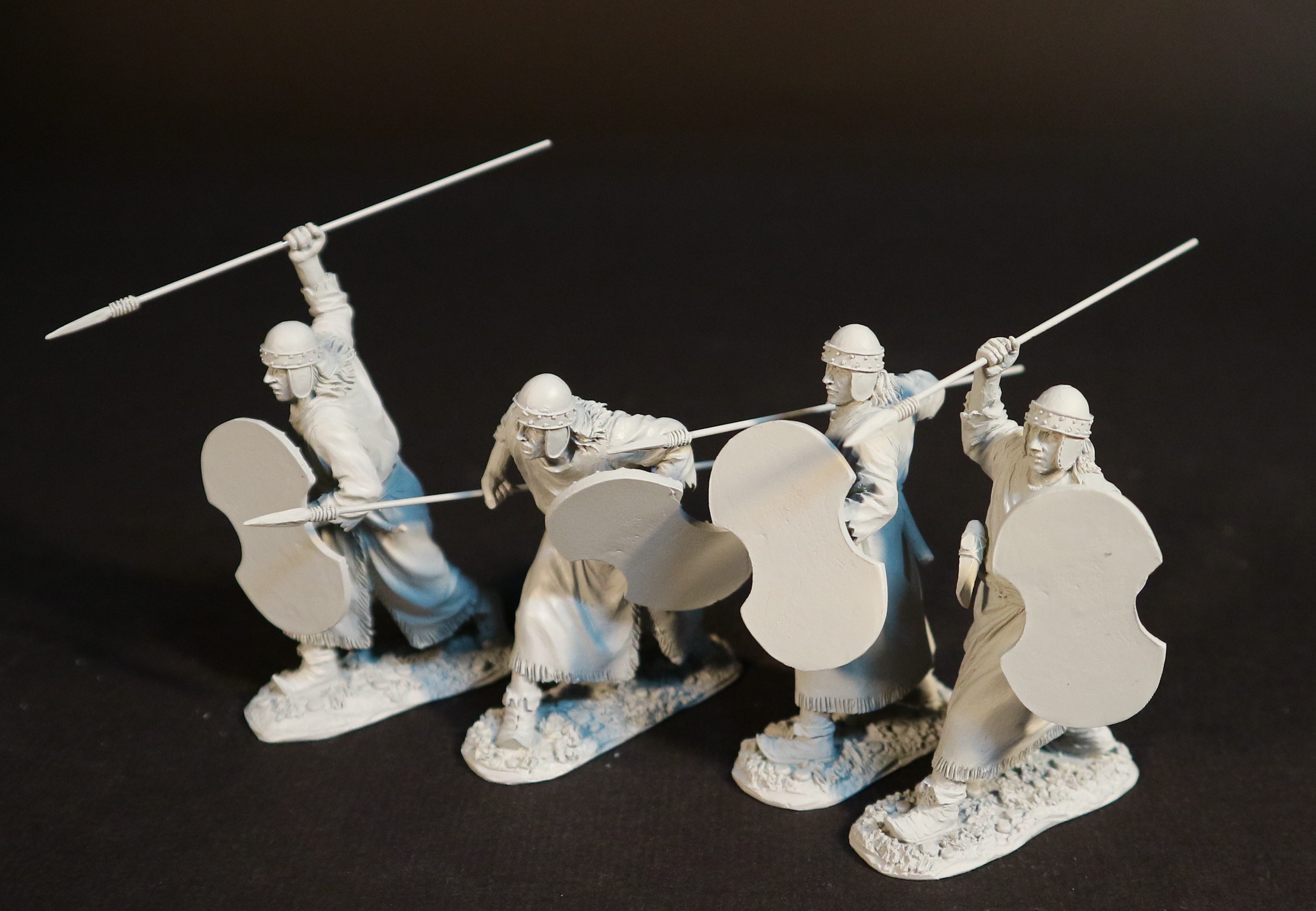9th Oct 2024
John Jenkins Designs: The Hittite Empire
THE BATTLE OF KADESH, 1274BC,
THE HITTITE EMPIRE.
Between the 15th and 13th centuries BC, the Hittites were one of the dominant powers of the near east, and clashed with the other main three powers, Egypt, the middle Assyrians and the empire of Mitanni.
The Hittite prosperity was mostly dependent on control of the trade routes and natural metal resources.
Because of the imprtance of northern Syria to the vital routes linking the Cilician gates with Mesopotamia, defence of this area was crucial, and was challenged by the Egyptian expansion under Pharaoh Ramesses II.

The Battle of Kadesh took place in the 13th century BC between the Egyptian Empire led by pharaoh Ramesses II and the Hittite Empire led by king Muwatalli II.
Their armies engaged each other at the Orontes river, just upstream of lake Homs and near the archaeological site of the fortified city of Kadesh.
It is generally dated to May 1274 BC, as accounted by Egyptian chronology, and is the earliest pitched battle in recorded history for which details of tactics and formations are known.
It is believed to be the largest battle ever fought involving chariots, numbering a total of around 6,000.
Kadesh remains a popular battle with historians because of the detailed pictorial representations left by Rameses II on the walls of temples at Thebes, Karnak, Luxor, Agydos and Abu Simbel.
As Rameses army marched up from the south, the Hittite king Muwatallis II, launched his attack by despatching 2,500 chariots in four bodies across the Orontes via a ford just below the fortified city of Kadesh.
The Egyptian records describe how these chariots cut through the army of Ra in its middle, while they were marching without knowing and without being drawn up for battle, which broke the army and caused panic. The fleeing army fell into confusion against the army of Amun the second Egyptian army to the north, which also fell into confusion and flight.
The Hittites followed up this initial attack and finally encircled the Egyptian camp. Rameses’ personal leadership and tactical dexterity in the swirling chariot battle saved him at the decisive moment, and he was able to snatch victory from the jaws of defeat.
The outcome of the Battle of Kadesh is uncertain, although the timely arrival of Egyptian reinforcements prevented a total Hittite victory, the Egyptians did force the Hittites to take refuge in the fortress city of Kadesh, but their own losses prevented them from sustaining a siege.

Muwatalli II was a king of the Hittite Empire. He was the eldest son of Mursili II and Queen Gassulawiya. He is best known for relocating the Hittite capital to Tarhuntassa, appointing his brother Hattusili as governor in Hattusa, and fighting Ramesses II in the Battle of Kadesh.
The Hittite chariot was a key component of the military arsenal of the Hittite Empire during the late Bronze Age, roughly between the 17th and 12th centuries BCE.
The design of the Hittite Chariots are primarily known through the Kadesh reliefs, which depict a number of vehicles. These vehicles are depicted with an axle which passes beneath the centre of a heavy box shaped cab. These “heavy” chariots represent the Anatolian type, from the heart of the Hittite empire.
They were crewed by three men whose combined weight would have made impractical the placement of an axle at the rear of the vehicle. Six spoked wheels were also standard.

The three man crew consisted of an unshielded charioteer, a shield bearer who doubled as a spearman, and an unshielded warrior armed with a thrusting spear.
The first two wore lighteight textile armour, and the third a bronze helmet and three quarter length scale armour.
These robust heavy war chariots were well suited for close combat. Tactics were therefore based on aggressive mass onslaught of chariots, preferably despatched before the opponent could properly deploy their forces.
Against enemy chariotry the Hittite chariots would choose to charge into contact, aiming to thrust at their opponents with their spears. In the melee the heavier weapons and numerous crew would tell against lighter chariotry.
Although Hittite chariots with the centrally placed axle were less manoeuvrable, the extra crewman meant the vehicle could afford to lose a man without becoming ineffective. Employing spear and chariot together was an innovation in weapons development. It represented new military tactics based on the aggressive use of the chariot in close-quarter combat.
These new techniques demanded different military skills and together with the use of heavy body armour put new demands on the training of chariot warriors.

Battles were won and lost by the chariot contingents, with the infantry playing no more than a back up role. Lightly armed warriors, known as chariot runners would accompany the chariots into battle, and would dispatch any disabled enemy charioteers during the engagement.

At the Battle of Kadesh, the Egyptian documents tell us that the Hittite forces numbered around 47,500, including 3,500 chariots and 37,000 infantry.
The basic equipment of a Hittite soldier would have included little protective armour, almost certainly due to the fact that the troops were travelling long distances on campaign. They only wore a leather helmet with cheek and neck flaps, a shield made of leather stretched over a wooden frame, a short stabbing sword or dagger and a thrusting spear.
The Hittite king would have drawn heavily on all his available resources for this battle with Egypt, and it would have included contingents from all parts of his realm, and an unknown number of mercenaries.
Throughout their history the Hittites were faced with chronic manpower shortages. Campaigns conducted against an enemy far from their homeland, would cause serious problems, and seriously depleted the homeland’s defence capabilities.
Hittite kings usually sought to resolve crises by means other than military conflict, hence the importance to resolution by diplomacy rather than brutal force.
When military confrontation was unavoidable a king had to use his available resources economically and efficiently, taking every opportunity to supplement these resources with reinforcements from his vassal or allied states in or near the campaign area.
In the peak period of the Hittite empire, the standing army was probably some tens of thousands strong.
During troubles or unrest, a general levy of the Hittite population was gathered to swell the ranks of the professional army.
Troops were called up from the various homeland regions as well as from the vassal states and other subject territories.

The Hittite homelands were vulnerable to attack from all directions, and Hattusa was burnt to the ground sometime around 1180 BC following a combined onslaught from new waves of invaders, the Kaskians, Phrygians and the Bryges.
The Hittite kingdom was soon to vanish from historical records, with much of the territory being seized by Assyria.
Many internal issues also contributed to this collapse, and can be considered as part of the larger Bronze Age collapse.
The first of the Hittite sets will be available in November 2024.
Best wishes,
john jenkins
